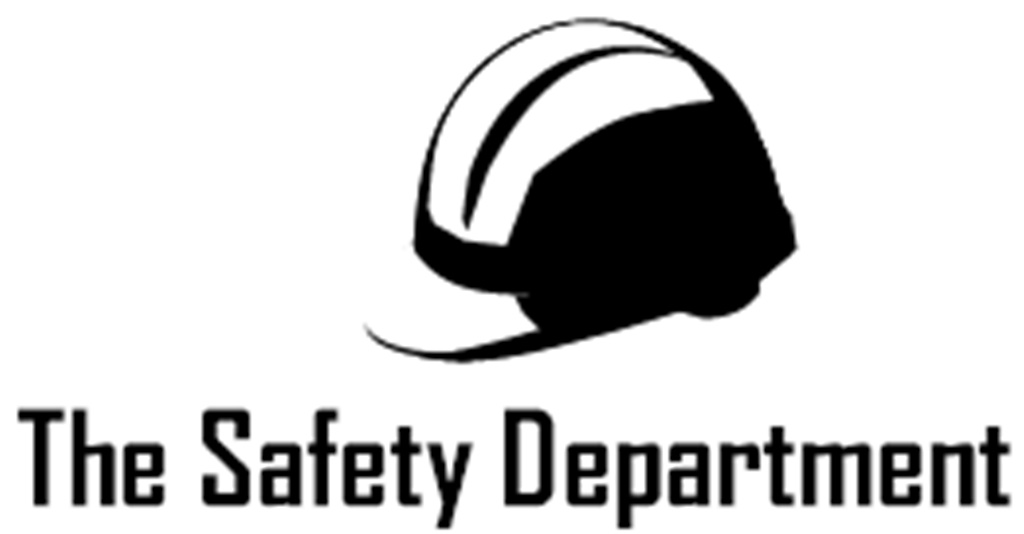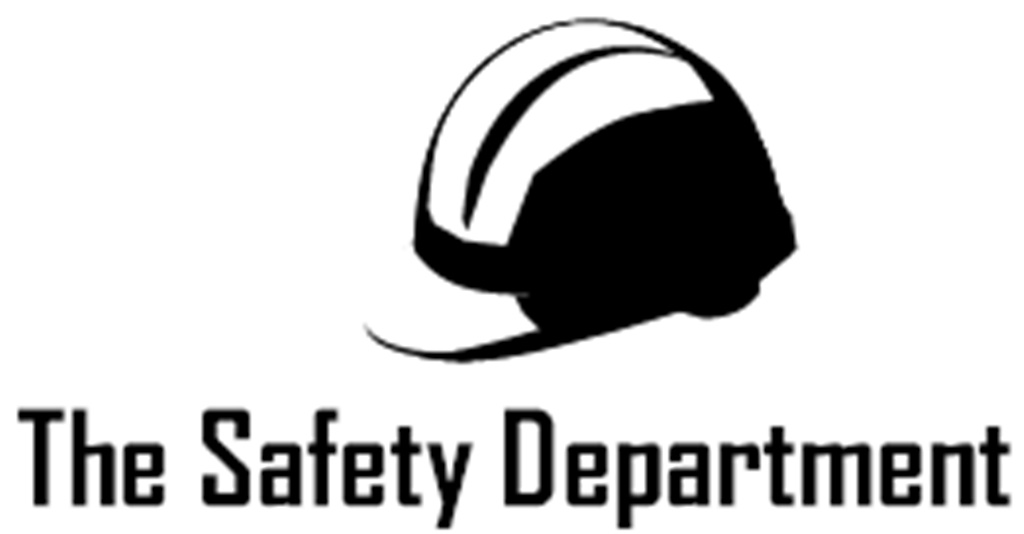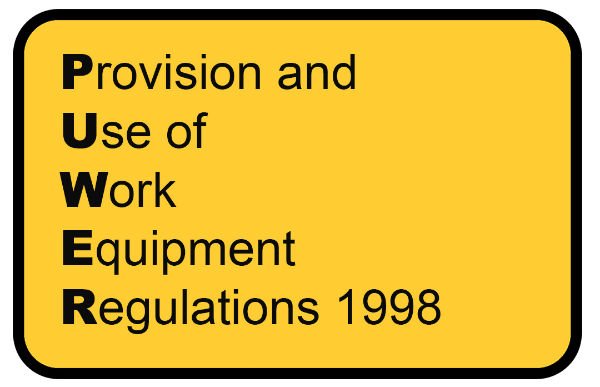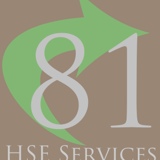Information
-
Audit Title
-
Document No.
-
Client / Site
-
Conducted on
-
Prepared by
-
Location
-
Personnel
1.0 - General
-
Has the equipment been brought in by yourself / your company prior to 5th Dec 1998?
-
Does the equipment come under the interpretation of work equipment (PUWER98)?
-
Is the equipment suitable for the task in which it is undertaking?
-
Are specific risks identified and are safe systems of work established (information, instruction, training and records)?
-
Are the equipment controls clearly visible and identifiable?
-
Is it possible materials or substance to be ejected from the equipment?
-
Is it possible for material / equipment to rupture or disintegrate?
-
Is there any possibility of fire or over heating?
-
Are there any touchable hot or cold surfaces? Are they guarded or warning signs posted if necessary?
-
Is there any possibility of discharge of hazardous substances?
-
Is there any possibility of explosion?
2.0 - Safety / System Controls
-
Are interlocks fitted where required and are they positively acting?
-
Are interlocks correctly positioned?
-
Do interlocks function correctly?
-
After the activation of a safety device, does the machine require a reset before restart?
-
Does the operation of the stop controls bring the equipment to a safe condition in a safe manner?
-
Is all stored energy removed where necessary, before access guarding is opened / removed?
-
Is there an emergency stop provided at the operator control panel(s)?
-
Do the emergency stop(s) function correctly?
-
Are the emergency stops of the correct type (red mushroom headed buttons, bars, levers, kick-plates or pressure sensitive cables)?
-
Is there a delayed start on the equipment with appropriate warning system?
-
Is the warning system working?
-
Are two-hand controls provided where necessary?
-
Do the two handed controls comply with BS EN 574 - Two-handed control devices, functional aspects, principles for design?
-
Are safety light curtains / scanners fitted, and do they conform with the relevant Standards (BS EN ISO 13855: 2010 & BS EN 60825-4: 2006)?
-
If mode selection affects equipment safety, is there restricted access?
-
Are the controls positioned correctly to prevent inadvertent or accidental operation?
-
Can the equipment be started from one position only?
-
Is the equipment stable under its own weight or bolted securely to the floor?
-
Are the control functions user friendly, has training been provided?
3.0 - Guarding
-
Is there any access to dangerous parts of machinery?
-
Are all guards securely held in place with the correct fixings?
-
Are there any sharp edges?
-
Does the guarding restrict the operators view during operation?
-
Is the guarding suitable positioned from the danger zone(s)?
-
Is the guarding suitable to carry out necessary maintenance activities?
-
Can settings / adjustments be carried out safely?
-
Can the guarding be easily defeated with out the use of tools?
-
Does the fitted guarding conform to standards - BS EN ISO 13857: 2008 Safety distances to prevent hazard zones being reached by upper & lower limbs, BS EN 953: 1997 Guards - General requirements for the design and construction of fixed and movable guards, BS EN 349: 1993 Minimum gaps to avoid crushing of parts of the human body?
-
Are there sufficient viewing panels fitted?
-
Are the viewing panels appropriately positioned and of the correct standard (weld immune, shatter proof, etc.)?
-
Is the guarding correctly coloured?
4.0 - Electrical System
-
Is there an electrical isolator fitted to the equipment? Are the mains supply terminated at the isolator?
-
Is the highest voltage, current & frequency clearly identified on the control panel?
-
Is lockable isolation provided for all sources of energy?
-
Are all terminals above 50VAC and 75VDC protected to IP2X?
-
Are permanently live circuits marked?
-
Are electrical enclosures adequately secured and electrical warnings fitted?
-
Are all electrical connection correctly terminated and identified in corrospondance with the electrical diagrams?
-
Does each earth wire have its own dedicated terminal?
-
Is the primary earth identified with PE?
-
Is overload or short circuit protection fitted?
-
Are the control panel(s) clearly identified and in good condition?
-
Are speed levels and direction of motion clearly identified?
-
Are control panels adequately accessible and ventilated / temperature controlled?
-
Are the control panel voltages segregated and clearly identified?
-
Is there a circuit diagram available in each corresponding control panel?
-
Are fluid and air controls segregated from all electrical panels?
-
Are all cables protected or securely fastened?
5.0 - Pneumatic System
-
Is there an pneumatic lockable isolator fitted to the equipment?
-
Can the isolator be accessed from outside of the equipment?
-
Are all sources of energy clearly identified?
-
Are all sources of energy exhausted whilst in an emergency stop state?
-
Are all pneumatic pipes & ports clearly identified in accordance to BS 2917-1: 1993 & ISO 1219-1: 1991?
-
Are all pneumatic valves / solenoids clearly identified, accessible and secure?
-
Does the circuit prevent movement, whilst in an emergency stop condition?
-
Are working pressures clearly identified with min & max limits?
-
Is there a circuit diagram available in each corresponding control panel?
6.0 - Hydraulic System
-
Is there an hydraulic lockable isolator fitted to the equipment?
-
Can the isolator be accessed from outside of the equipment?
-
Are all sources of energy clearly identified?
-
Are working pressures clearly identified with min & max limits?
-
Are all sources of energy exhausted whilst in an emergency stop state?
-
Does the circuit prevent movement, whilst in an emergency stop condition?
-
Is there a circuit diagram available in each corresponding control panel?
7.0 - Documentation, Instruction & Identification
-
Is the machine technical file available?
-
Is a Certificate of Conformity present?<br>Are the relevant BS/EN Standards listed?
-
Is there any substances which require COSHH documentation / assessment?
-
Are equipment settings documented and program's backed up?
-
Are the technical file(s) in the language of the end user (English)?
-
Is there a paper and electronic copy of all documentation provided?
-
Is there a "as built" electrical, pneumatic and hydraulic (where applicable) circuit diagram available?
-
Is there contact details of all component suppliers?
8.0 - Training
-
Has the correct training been identified for operator, technician and maintenance?
-
Has the necessary training been agreed and carried out?
-
Is the necessary training documented, implemented and recorded?
-
Is there evidence of trained personnel?
9.0 - Maintenance
-
Is there a maintenance schedule available?
-
Does the schedule identify the task, method, material and any associated hazards?
-
Is equipment maintenance reasonable accessible?
-
Is there a recommended spares list for the equipment including - supplier, description, part number & specification?












